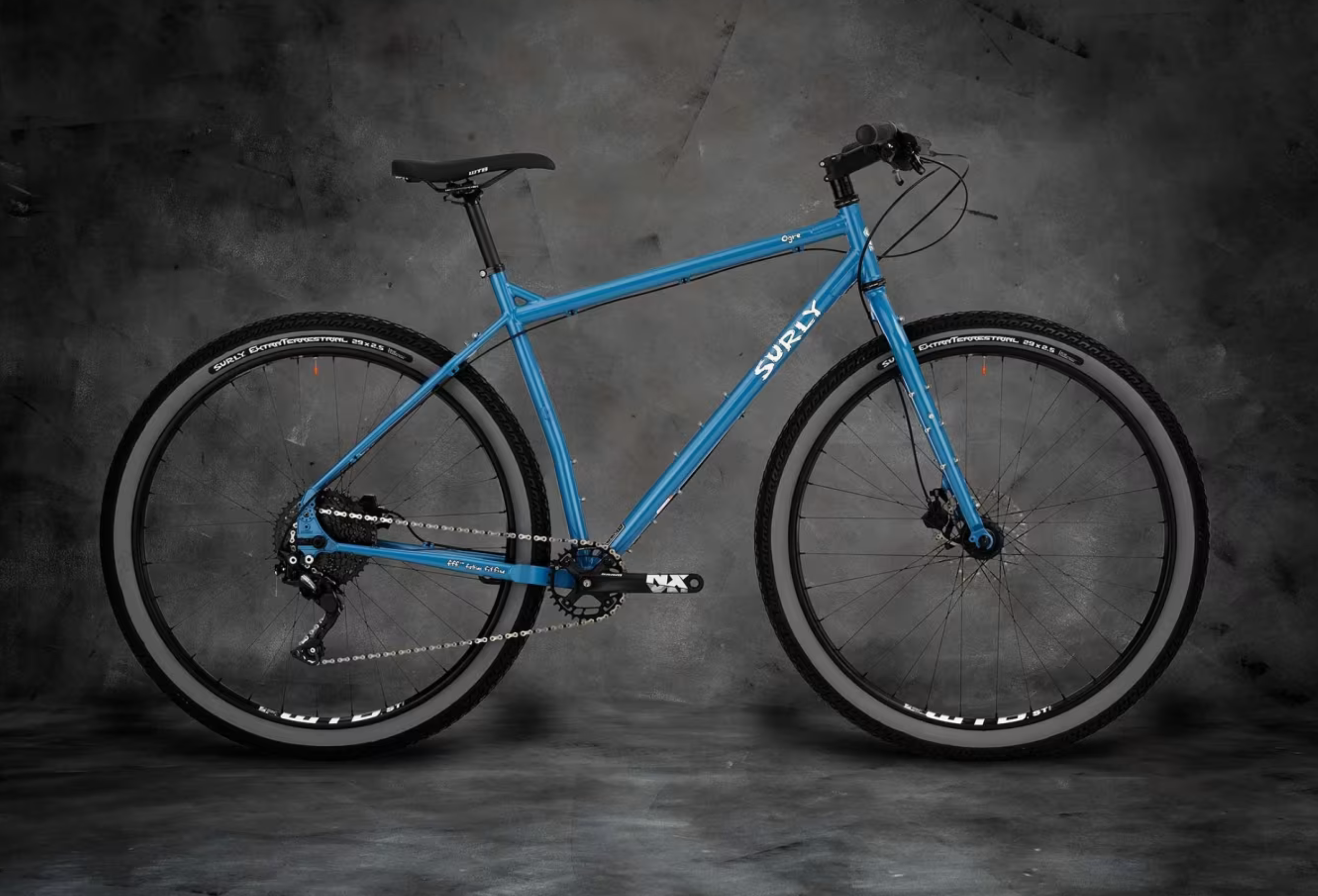Types of Bicycles have been a key aspect of transportation, pleasure, and exercise for decades. From downtown streets to steep mountain paths, cycling provides a broad variety of experiences customized to individual demands. As a result, there are different sorts of bicycles, each built for distinct uses. In this post, we analyze the most popular and specialized bicycle kinds accessible around the world today.
Types of Bicycles
• Road Bicycles
• Mountain Bicycles
• Gravel/Adventure Bicycles
• E-Bicycles
• Women’s Bicycles
• Utility Bicycles
• Comfort/Fitness Bicycles
• Track Bicycles
• Kid’s Bicycles
• Fat Bicycles
• Triathlon Bicycles
• Tandem Bicycles
• BMX
• Tricycle
• Recumbent Bicycles
1. Road Bicycles
Road bicycles are intended for speed and efficiency on paved roads. Known for their lightweight frames, thin tires, and drop handlebars, these bikes are great for long-distance rides, competitive racing, and speedy commuting.
Subcategories of Road Bicycles
Racing Bicycles: Designed for competition, these bikes have aerodynamic frames and lightweight components for optimum speed.
Endurance Road Bikes: With an emphasis on comfort over long distances, endurance road bikes have slightly relaxed geometry for a smoother ride.
Time Trial Bikes: These specialty road bikes are built for time trial events with aerodynamic designs and features like aero bars.
2. Mountain Bicycles
Mountain bikes are intended for harsh terrain, including sturdy frames, wide tires, and suspension systems to tackle rocky tracks. These bikes may be classed into numerous varieties based on the style of riding and terrain.
Subcategories of Mountain Bicycles
Cross-Country: Lightweight and intended for speed and efficiency on different terrain, commonly utilized in competitive events.
Trail Bikes: These are flexible mountain bikes built for all-around use on intermediate routes.
Enduro Bikes: Built for powerful downhill parts but yet capable of ascending, enduro bikes offer more suspension travel for difficult terrain.
Mountain Bikes: Heavily constructed bikes made primarily for descending steep, rugged terrain at fast speeds.
Fat Bikes: With bigger tires, fat bikes can tackle snow, sand, and soft tracks that standard mountain bikes cannot.
3. Hybrid Bicycles
Hybrid bicycles are a combination between road and mountain bikes, giving a blend of comfort, speed, and adaptability. These bikes are perfect for commuting, recreational riding, and mild off-road activities.
Key Features of Hybrid Bicycles
Flat handlebars for an upright riding stance.
Wider tires than road bikes but narrower than mountain bikes.
Suspension forks in some models for improved comfort on rough roads.
Best suited for city commutes, pleasure riding, and paved or muddy pathways.
4. Gravel Bikes
Gravel bikes are gaining popularity owing to their versatility and ability to handle both paved roads and rugged terrain. Similar to road bikes but with larger tires and more relaxed geometry, gravel bikes are suited for long-distance trips on varied surfaces.
Why Choose a Gravel Bike?
Durability: Built to resist harsher roads than normal road bikes.
Comfort: Designed for lengthy rides with steady handling and relaxing shape.
Adaptability: This can be equipped with numerous types of racks and accessories for touring.
5. Touring Bicycles
Touring bicycles are built for long-distance journeys, generally with the capacity to carry substantial loads. These bikes are robust, and comfortable, and include features that make them suitable for multi-day riding expeditions.
Key Features of Touring Bicycles
Strong Frames: Designed to carry hefty loads, touring bikes are often manufactured from steel or aluminum.
Comfort Geometry: Designed for extended hours in the saddle, these bikes give a pleasant, upright riding position.
Multiple Mounting Points: Ideal for racks, fenders, and panniers, making them great for hauling camping gear and supplies.
6. Electric Bicycles (E-bikes)
Electric bicycles, or e-bikes, are equipped with a motor and battery to give pedal-assist power. This increasing category has made riding more accessible, especially for people with long commutes or mobility issues.
Types of Electric Bicycles
Commuter E-bikes: Designed for city riding and commuting, including equipment like lights, racks, and fenders.
Mountain E-bikes: Equipped with sturdy suspension and powerful engines for off-road excursions.
Folding E-bikes: Compact and compact, great for urban people with limited storage space.
7. Folding Bicycles
Folding bicycles are intended for mobility and ease. These bikes can be folded into smaller sizes, making them convenient to store in tight locations or travel on public transit.
Advantages of Folding Bicycles Compact Design: Ideal for persons with little space or for those who need to combine riding with other modes of transport.
Portability: Easy to transport and store, great for urban areas.
Durability: Despite their compactness, folding bikes are intended to withstand daily travel.
8. BMX Bicycles
BMX bicycles are compact, robust bikes made for acrobatics, tricks, and racing. They are characterized by their sturdy frame, 20-inch wheels, and single gear, making them popular among youthful riders and extreme sports aficionados.
Types of BMX Bicycles
Freestyle BMX: Built for doing stunts at skate parks or on flat surfaces.
Racing BMX: Designed for dirt track racing with lightweight frames and aggressive geometry.
9. Recumbent Bicycles
Recumbent bicycles feature a unique design where the user sits in a laid-back reclining position. These bikes are regarded for delivering excellent comfort, especially for long-distance cycling or persons with back concerns.
Why Ride a Recumbent Bicycle?
Ergonomics: The reclining posture lessens strain on the back and neck.
Aerodynamics: The low-profile shape makes them more aerodynamic than standard upright bicycles.
Specialized Use: Often utilized in specialized cycling groups for long-distance trips or competitive recumbent races.
10. Cyclocross Bicycles
Cyclocross bicycles are constructed for cyclocross racing, a sort of off-road racing that often takes place on a range of terrain like grass, dirt, gravel, and sand. These bikes blend the speed of road cycles with the toughness of mountain bikes.
Key Features of Cyclocross Bicycles
Tough Frames: Designed to endure tough terrain, sometimes with bigger tires for increased grip.
Lightweight Construction: For simple carrying over obstacles in cyclocross races.
Versatility: It can also be utilized as a commuter or dirt bike for individuals searching for more tough performance.
11. Tandem Bicycles
Tandem bicycles are constructed for two or more riders, allowing them to pedal in unison. These bikes are commonly used for enjoyment or touring, delivering a unique experience for couples or groups who want to ride together.
Features of Tandem Bicycles
Multiple Seating: Typically meant for two riders, but some types accommodate three or more.
Efficiency: With two riders pedaling, tandems may move quicker than conventional cycles.
Strength: Built with strengthened frames to accommodate numerous riders’ added weight and power.
Conclusion
With so many types of bicycles available, there is a suitable bike for every rider, whether commuting to work, embarking on a long-distance journey, or hitting the trails for some off-road fun. Understanding the many types of bikes and their distinct functions might help you make an informed selection when purchasing your next bicycle.
FAQs
- What is the most popular type of bicycle in the world? Road bikes are among the most popular, especially for commuting and racing.
- What type of bike is best for commuting? E-bikes and hybrid bikes are ideal for commuting due to their versatility and ease of use.
- How does a hybrid bike differ from a road bike? Hybrid bikes have wider tires and more upright seating compared to road bikes, making them more versatile on different terrains.
- Are electric bikes legal everywhere? Regulations vary by country and region, so it’s essential to check local laws before riding an e-bike.
- What is the best material for a bike frame? Aluminum is the most common due to its balance of strength and lightness, though carbon fiber offers the highest performance for competitive riders.


